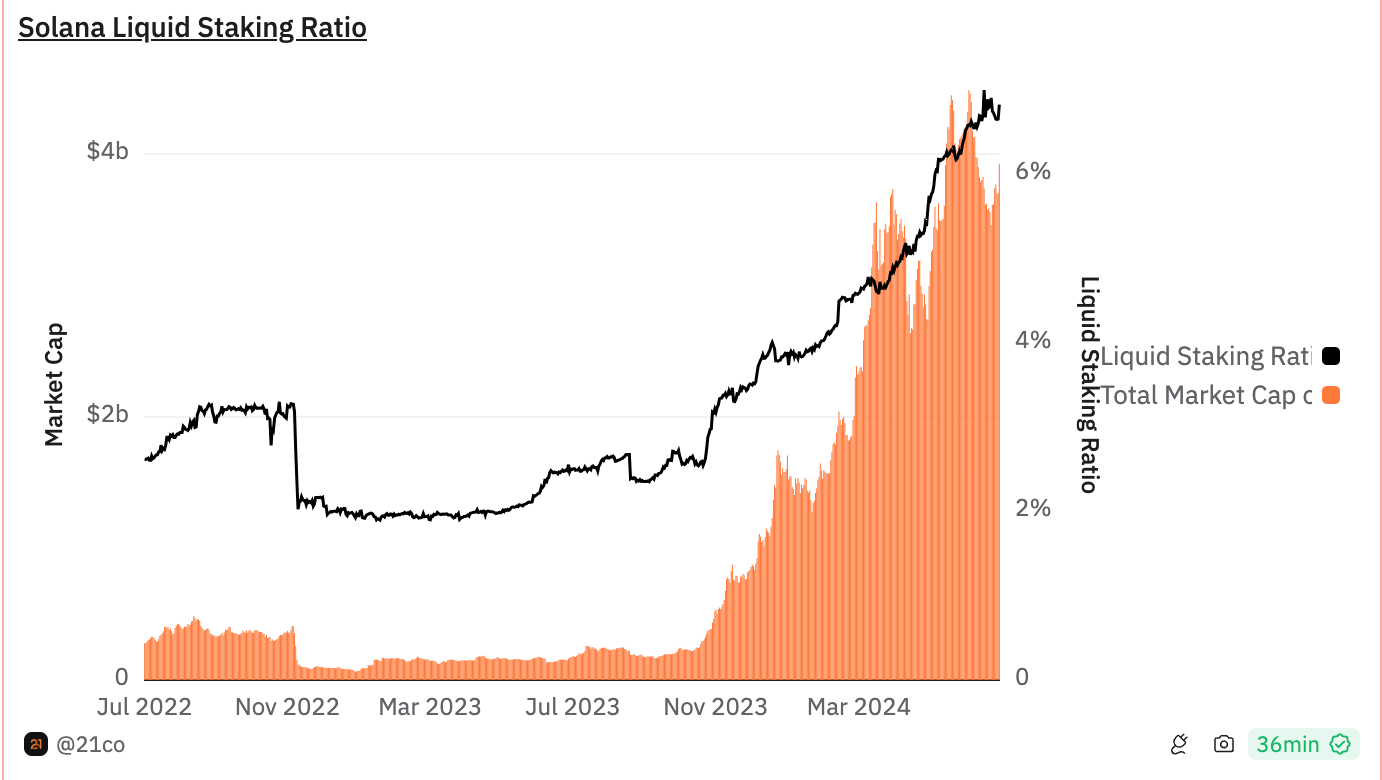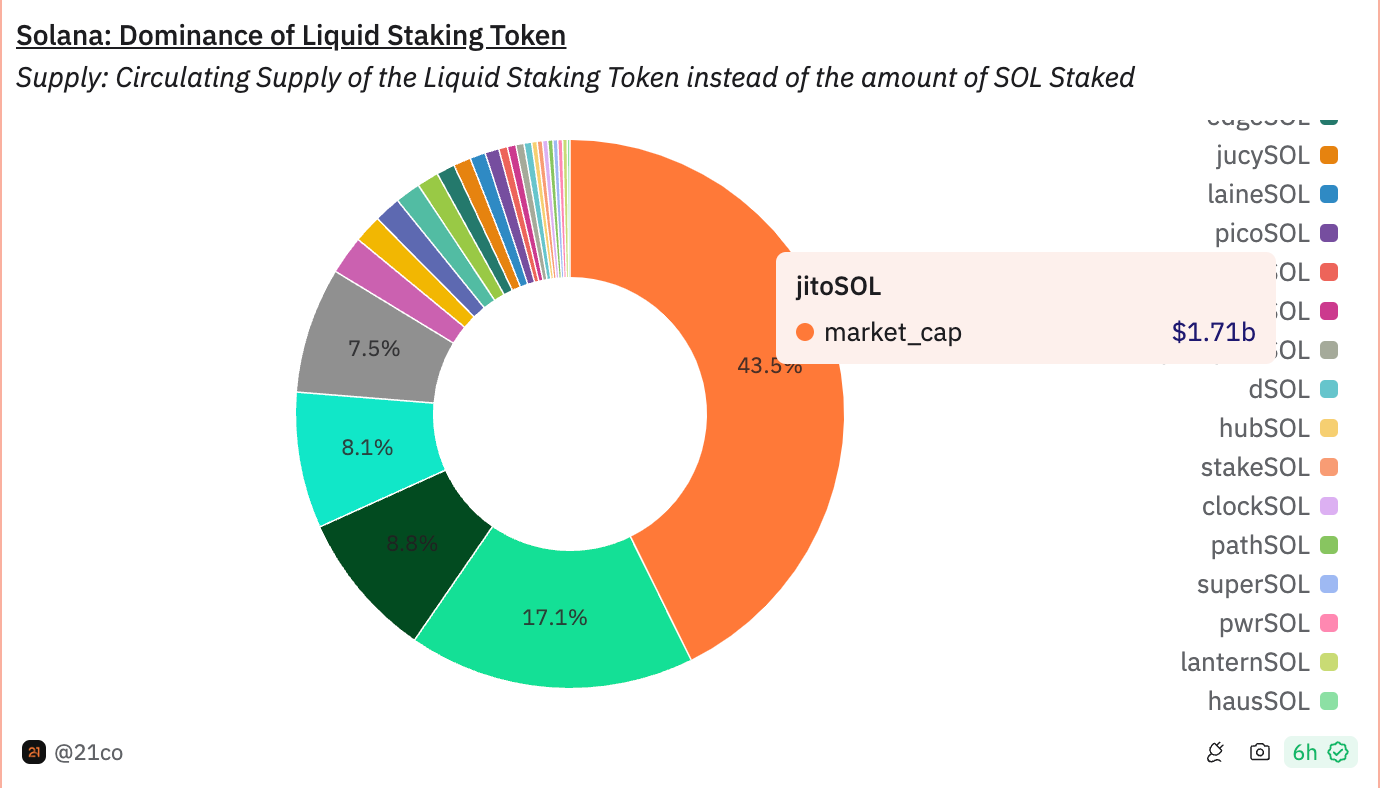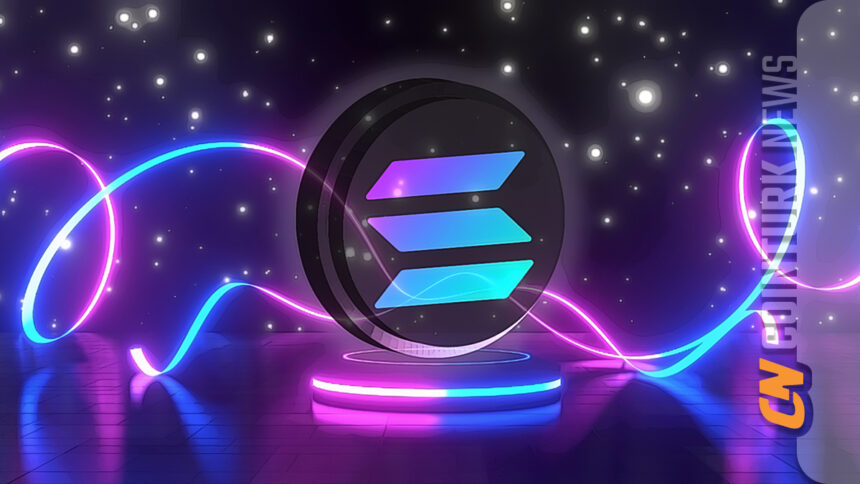The fifth largest crypto asset by market size and the third blockchain network, Solana, saw a 1.76% increase in its liquid staking rate quarter-over-quarter. According to DefiLlama, over $54 billion in crypto assets are staked on liquid staking platforms. Liquid staking, unlike traditional staking, allows users to earn extra returns and maintain liquidity with a derivative token for DeFi.
What’s Happening on the Solana Front?
Dune Analytics data points to over 23 million SOL worth more than $3.6 billion invested in liquid staking platforms. Solana has a higher staking rate than Ethereum. This indicates Solana’s untapped potential and growth opportunities in the liquid staking sector.

Solana’s two-day withdrawal period, shorter than many other blockchain networks, may also affect the popularity of liquid staking. Allnodes’ founder and CEO Konstantin Boyko-Romanovsky explained how this could be an advantage over other blockchain networks like Polkadot or Ethereum:
“Since Solana’s withdrawal period is only two days, liquid staking may not be as popular as blockchain networks with 2-3 week withdrawal periods. In the context of staking, the withdrawal period is when the staked assets are unlocked and ready for use after the user decides to stake them.”
Sanctum and Jito Labs platforms are also triggering the liquid staking boom on Solana. According to researcher and analyst Tom Wan, Sanctum has lowered the entry barrier and helps projects create and scale their own liquid staking assets (LSTs). Jito currently has about 91,000 Solana investors staking on the platform, with an annual interest yield over 8% and more than 10.6 million SOL staked.

Notable Statements from a Prominent Figure
Boyko-Romanosvky also highlights the impact of emerging trends like re-staking on the growth of liquid staking on Solana.
“Emerging technologies like re-staking could potentially affect the development and adoption of liquid staking processes on blockchain networks like Solana. Re-staking can enhance the appeal of liquid staking even on platforms with short withdrawal periods like Solana by continuously providing liquidity, increasing yield opportunities, and offering more flexibility.”
As the popularity of liquid staking continues to grow, Solana can benefit from increased user engagement and enhanced network security. So far, two major applications have been made for a Solana ETF fund in the US. If liquid staking popularity continues to rise, it could provide Solana with a competitive advantage and attract the interest of investment firms.

 Türkçe
Türkçe Español
Español









